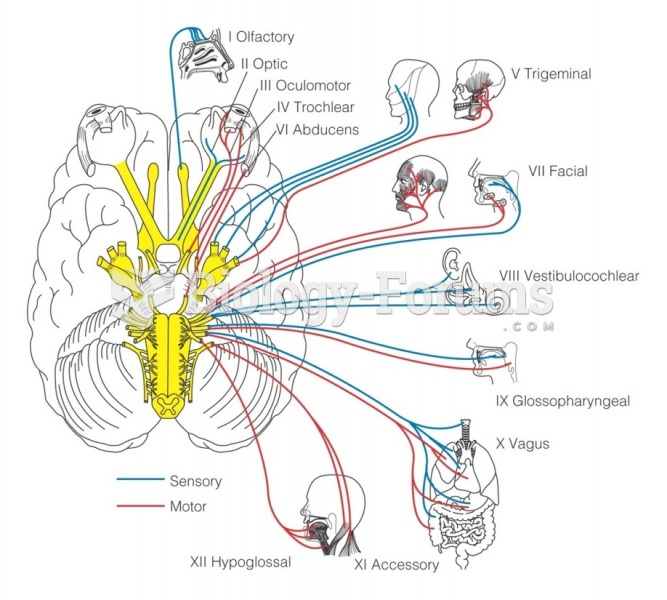This topic contains a solution. Click here to go to the answer
|
|
|
Did you know?
Acetaminophen (Tylenol) in overdose can seriously damage the liver. It should never be taken by people who use alcohol heavily; it can result in severe liver damage and even a condition requiring a liver transplant.
Did you know?
There are 20 feet of blood vessels in each square inch of human skin.
Did you know?
Malaria was not eliminated in the United States until 1951. The term eliminated means that no new cases arise in a country for 3 years.
Did you know?
The longest a person has survived after a heart transplant is 24 years.
Did you know?
The people with the highest levels of LDL are Mexican American males and non-Hispanic black females.







